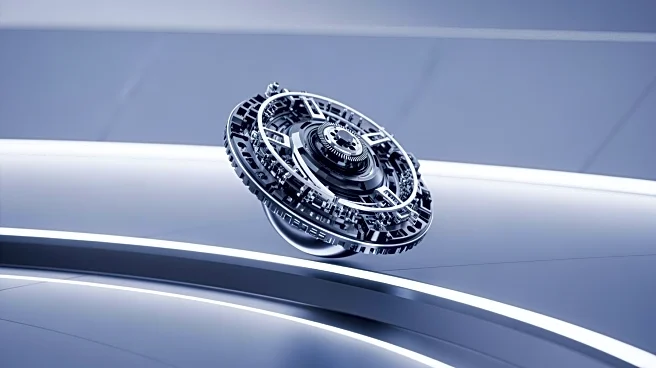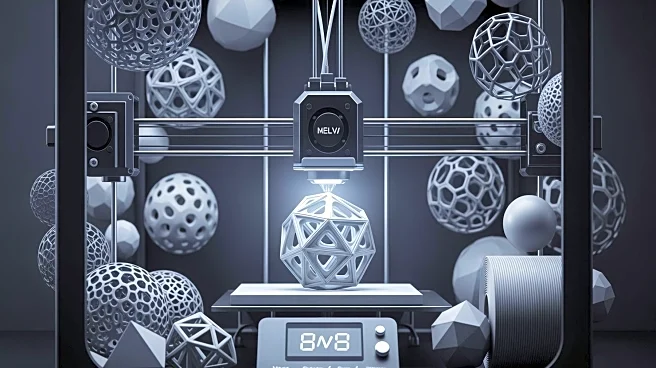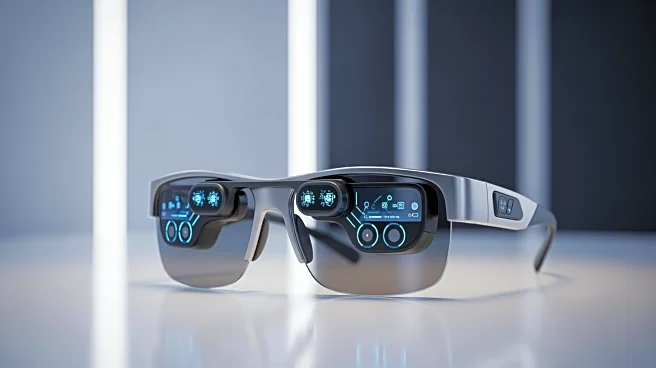What's Happening?
A new design for MEMS accelerometers has been developed, featuring a nonlinear stiffness softening mechanism that enhances sensitivity and extends dynamic range. The design utilizes a buckled Euler beam
structure, which becomes unstable under certain axial loads, leading to a pitchfork bifurcation. This mechanism is integrated into a mass-spring system, allowing for controlled buckling direction through eccentric loading. The design aims to improve applications in energy harvesting, sensors, and actuators by providing large displacements with minimal restoring force. The MEMS sensor incorporates optical interferometry to measure displacement, enhancing its sensitivity to external accelerations. The device is fabricated with a micromachined spring accelerometer, combining nonlinear and linear springs to ensure movement in the vertical direction only, reducing cross-axis sensitivity.
Why It's Important?
The introduction of a nonlinear stiffness mechanism in MEMS accelerometers represents a significant advancement in sensor technology. By enhancing sensitivity and extending dynamic range, this design could lead to more accurate and reliable measurements in various applications, including seismic activity monitoring and gravimetry. The ability to control buckling direction and transition speed offers potential improvements in energy efficiency and device longevity. This development may benefit industries reliant on precise motion detection, such as aerospace, automotive, and consumer electronics, by providing more robust and adaptable sensor solutions.
What's Next?
Future steps involve optimizing the design for mass production and exploring additional applications in dynamic signal measurement. The integration of optical interferometry suggests potential for further miniaturization and increased sensitivity. Researchers may focus on refining the fabrication process to reduce costs and improve scalability. Additionally, the design could be adapted for use in other MEMS devices, expanding its impact across different technological fields. Stakeholders in industries such as manufacturing and research may express interest in adopting this technology for enhanced sensor capabilities.
Beyond the Headlines
The ethical implications of improved sensor technology include considerations of privacy and data security, as more sensitive devices could lead to increased surveillance capabilities. Legal frameworks may need to adapt to address these concerns, ensuring that advancements in MEMS technology do not infringe on individual rights. Culturally, the widespread adoption of such sensors could influence societal norms around data collection and usage, prompting discussions on the balance between technological progress and personal privacy.











